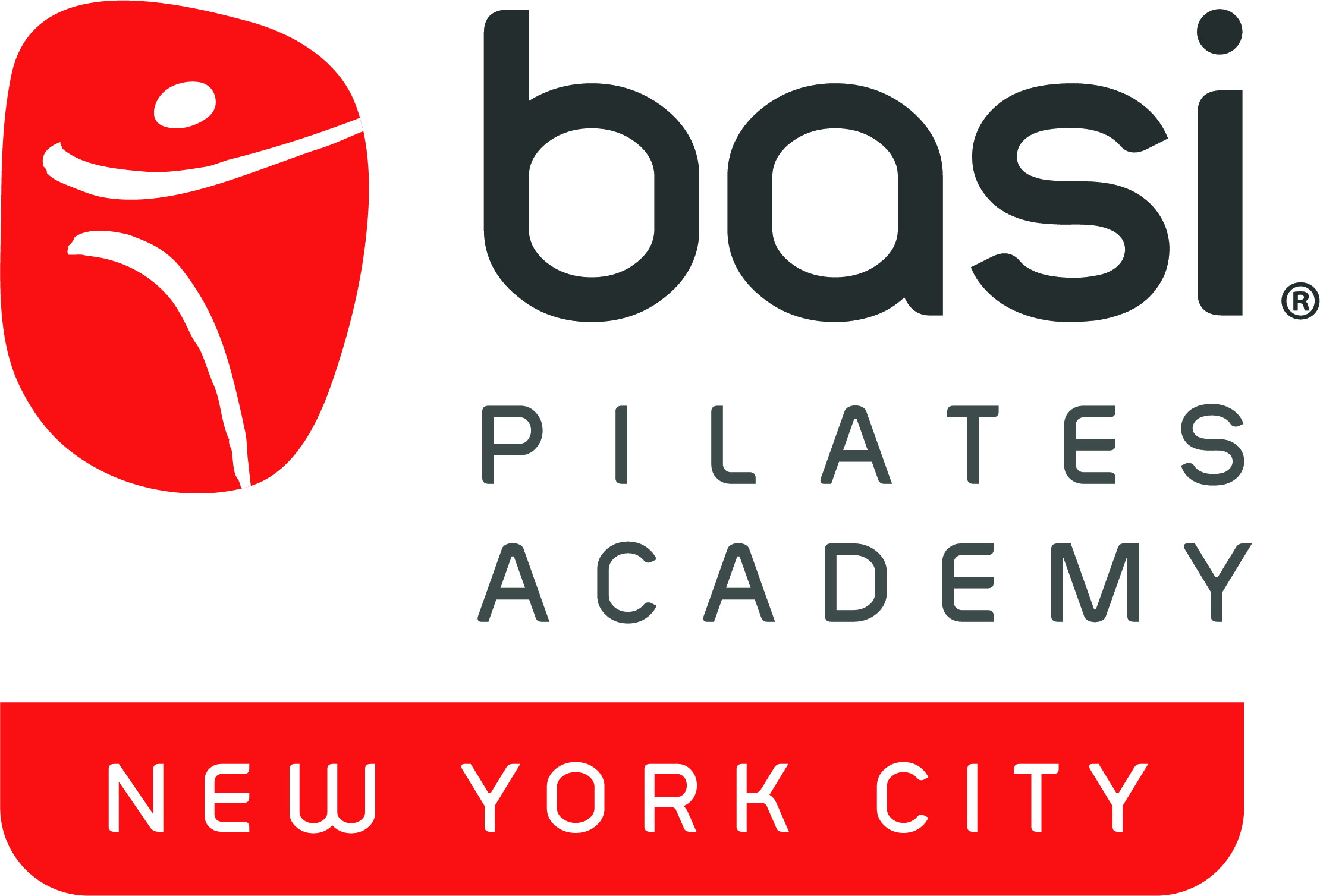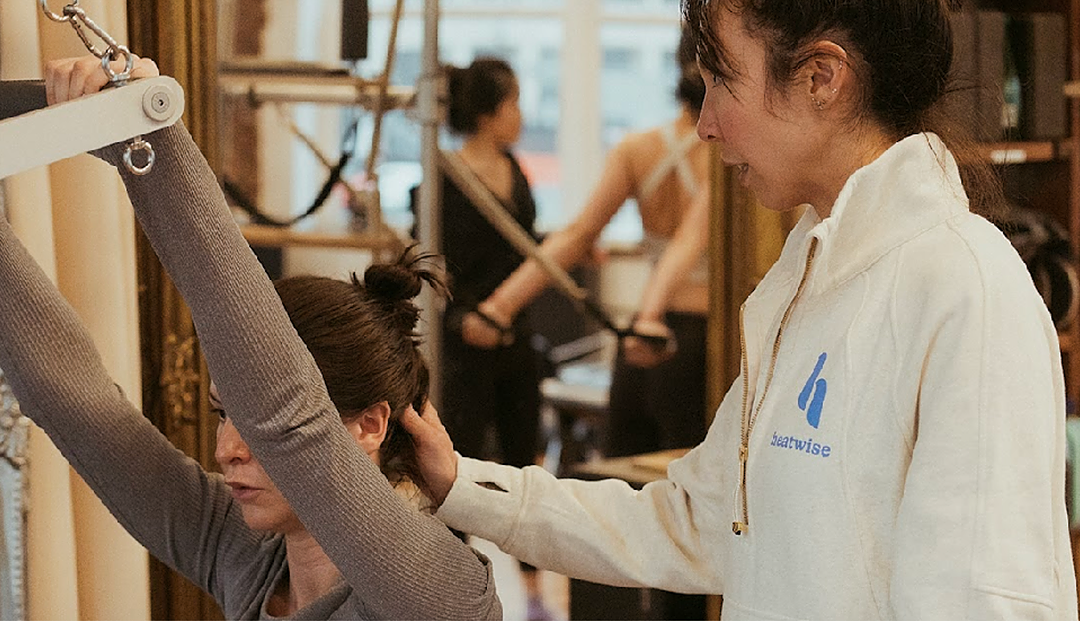Cross Train Or For Sport Specificity
How to combine sport specific goals with cross-training tools like a gymnast (and those who want to move like one)
Pilates apparatus exercises for the gymnast and the “at the gym” equivalent
Gymnasts need it all: Strength, balance, coordination, agility, flexibility, proprioception, power & grace. I always think that using sports and movement art forms as examples is a great way for both professional and nonprofessional athletes to analyze their training. So when I refer to “athletes” remember my mantra- discover the athlete within. We are all athletes of some sort.
All athletes need a combination of specialty and cross-training. For sports like gymnastics, it involve years and years of repetitive drills for skill building. In working with athletes in many different sports I find that many people did specificity training to mold their bodies into the abilities they need to achieve the skills required by their sport and neglected the cross-training and recovery tools needed to bring longevity to these skills.
Many people feel like they are taking away or negating their training if they cross-train.
As a dancer, I remember not wanting to work in parallel for fear that I would undo my “turnout.” I learned later and from educated teachers that letting go of my external rotators and balancing out my hip muscles by emphasizing the glute medius and minimus made my turnout stronger and more pliable.
When it comes to gymnastics, I work with many former gymnasts of different levels who either do Pilates as adults or are in the BASI Pilates Teacher Training Program. My daughter is also a USAG level 3 gymnast.
I find the 2 most common issues in keeping up with the training and remaining free of injury during and after a career in gymnastics are:
- Balancing out strength/power with flexibility/ range of motion (ROM) particularly in the shoulder flexors and hip extensors to support lumbar back extension.
- Training the less obvious and tedious body parts, such as the head & feet.
In the exercises I show here the moves are specific to gymnastics however the way we do them in the Pilates studio allows these familiar moves to act also as cross-training tools.
- Handstand: (from BASI Legacy Program – Mentor)
The assistance of the springs closes the chain of the primary setup of a handstand. This allows us to focus on aligning the shoulders over the hands and connecting the torso and lumbar spine to bias away from overextending (aka banana back, hyperlordosis.) The resistance allows the challenge to maintain the shape of the torso as the legs move up and down.
2. Standing Leg Press + Releve:
Focus on the act of standing on one leg with correct placement through the foot and hip joint. Working the intrinsic muscles of the feet along with the hip extensors and glute medius to prevent sinking into the hip. This will allow for strength in balance work. The pressing leg is resisting the spring articulating the leg first from the knee joint and then from the hip joint allowing for assistance on the return of the pedal up.
3. Swan from the Floor:
Working the back extensors with adequate shoulder flexion. The resistance as we push the pedal down requires coordination of the lower body and timing of the spinal articulation along with back and shoulder strength. The assistance of the spring with the return of the pedal up allows us to feel a stretch in the shoulder flexors needed for many back extension moves.
4. Teaser Prep on Spine Corrector
Beyond strong abdominals, the step barrel or spine corrector apparatus allows for feedback in maintaining coordination and timing of how we lift and lower to ground. The timing of the arms, head, neck, torso, and legs allows us to access strength in the abdominals and center line for use in so many technical skills and training techniques.
5. Calf Raises:
Part of the footwork series, this exercise uses resistance to strengthen the range of motion around the ankle joints. Particularly the subtalar joint. Aligning the ankle properly and tracking through the feet will help prevent rolling the ankles when landing or stepping down. Working the tracking of the calves and peroneals is often neglected and can lead to recurring injuries.
6. Side Leg:
(from BASI Legacy Program) Strengthening the glute medius with muscle coupling in the hip extensors and quads is so important to counter our natural turnout, and create balance in the hip muscles. These muscles make balance better and create harmony in the hip joint. The spring is giving work to the leg as a unit and through the motion up and down.
To summarize, we all crave longevity in our sport, even if we aren’t competing or performing at the same level over time. Keeping strength and capability in the body is the goal. We all have to give attention to specific neuromuscular training as well as cross-training for a well abled healthy balanced body to do what you love forever!
| FOLLOW US@lyndalogic@bpa_nycity@physiologicnyc For full length videos that benefit our scholarship program visit Virtualogic.earth |

